Planting big trees: What you need to know
The old advice always used to be to plant small and wait, but recent innovations mean that gardeners can plant outsize trees with confidence, says Charles Quest-Ritson.
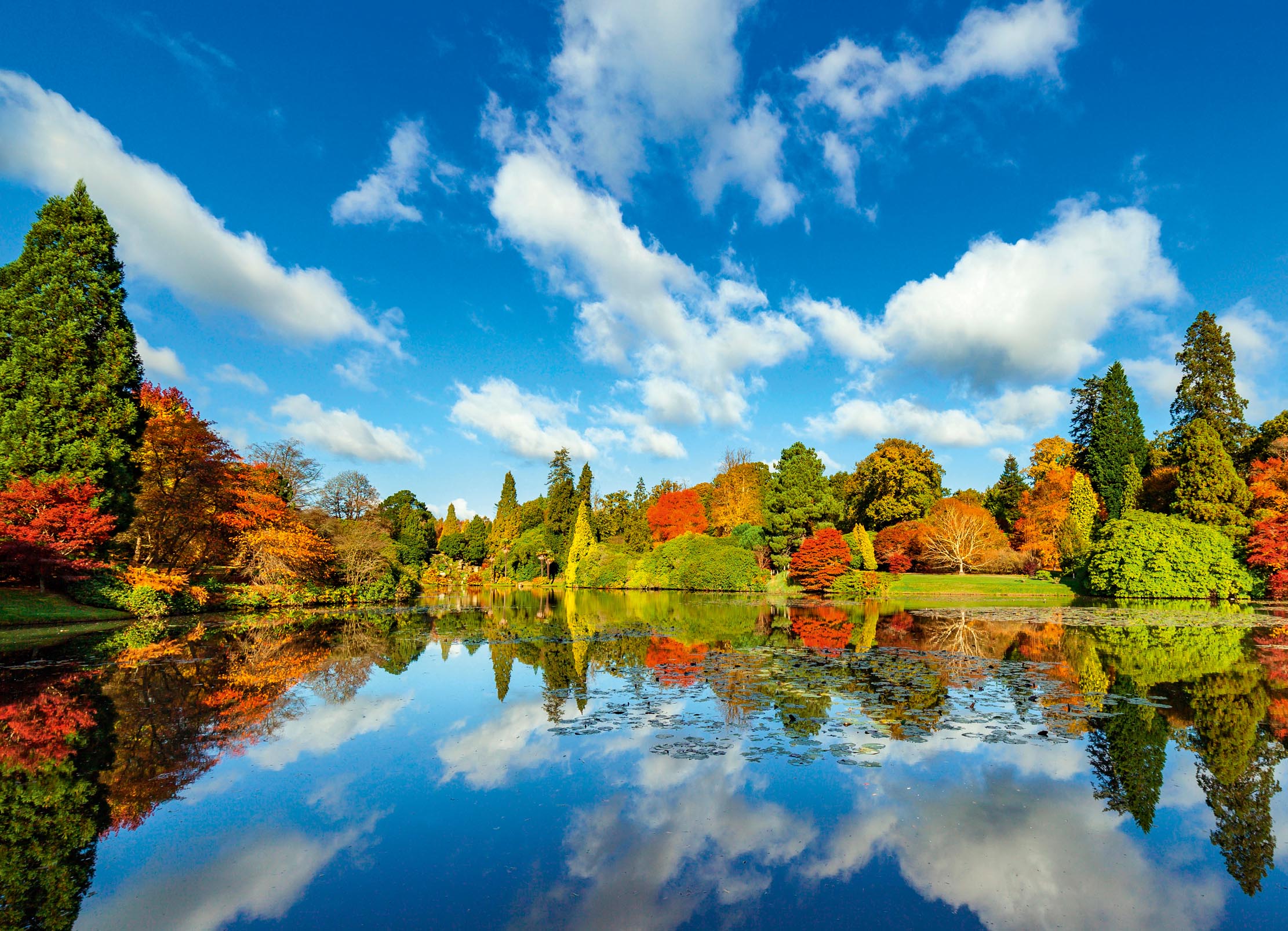

If you are super-rich and impatient — or old and anxious for results — you may wish to plant outsized trees to give your garden an air of instant maturity. You won’t be the first to do so: in about 1470BC, the Pharaoh Hatshepsut sent her ships to bring large trees of frankincense from the horn of Africa to her temple at Deir el-Bahari, across the Nile from Luxor. They survived because they were transported with their rootballs intact and were well-watered until firmly established and growing again.
Those two requirements — minimum root disturbance and attentive aftercare — are still the key to success today. Gardeners are usually told to be patient and plant small trees, because they have a better chance of taking root and getting away happily.
Trees grow much faster than most people think, after all. But there is no doubt that mature ones give structure to a garden immediately, so the urge to acquire them for a new garden is understandable. Many are the nurseries offering a service that includes moving, planting and establishing them. Losses have always been inevitable — English oaks, for example, are notoriously difficult to transplant — but the task of a good specialist is to minimise failure.
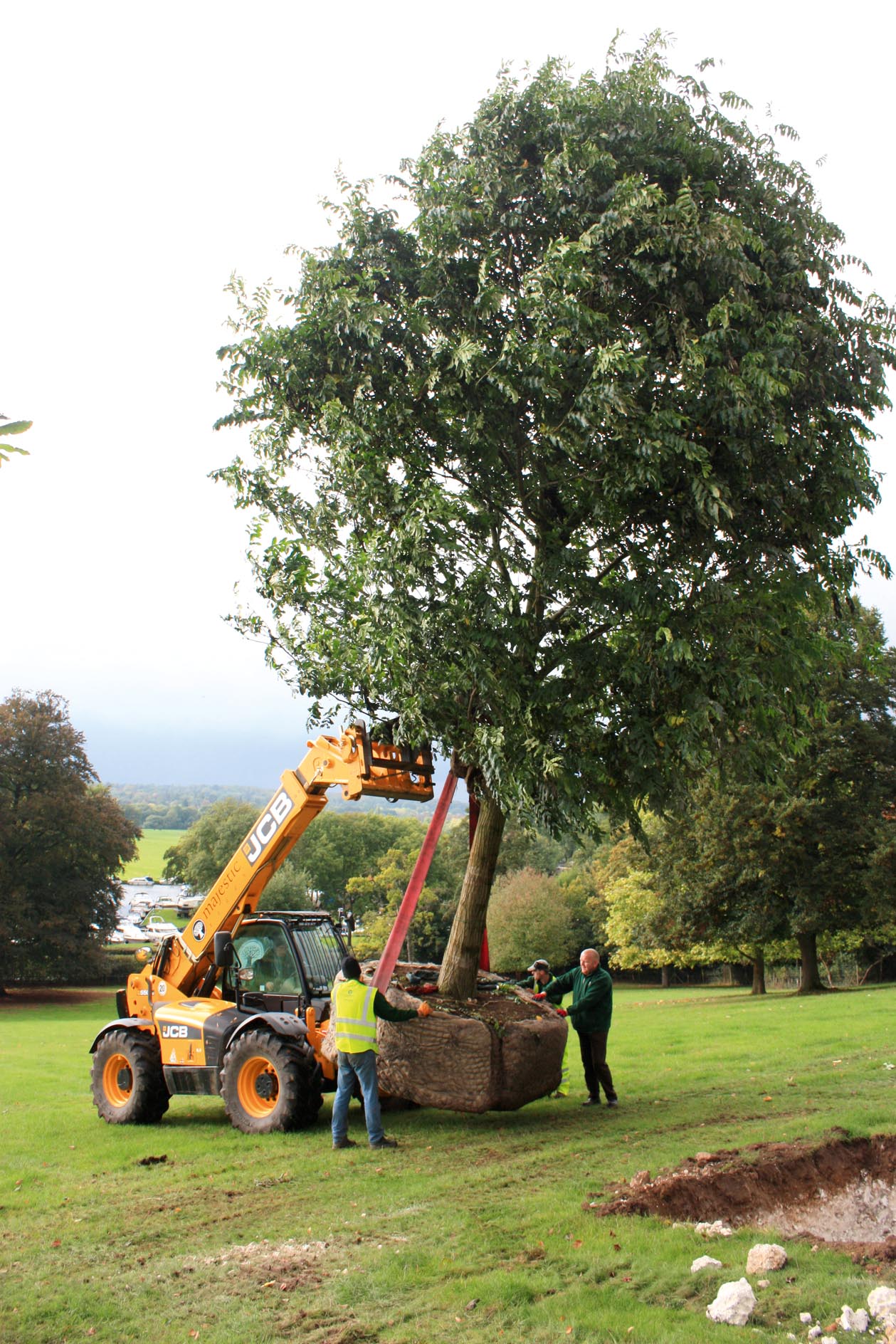
Tree-planting techniques have improved over the centuries. The roots of trees awaiting transportation were being undercut as early as the 16th century. This enables smaller new roots to develop that will help the tree settle into its new life.
There is no shortage of dependable and capable suppliers, which cater not only to private clients, but also to those who lay out golf courses and to developers who need instant plantings to landscape their new properties. Expensive they may be, but mature trees add substantially to the value of a real-estate investment, as do trees for screening, pleaching or instant hedging. Ask the nursery whether it will supply trees to amateur gardeners or only to commercial clients.
If you are thinking of planting outsize trees, you need to have a clear idea of what you want and how to prepare for it, as well as knowing which species will settle in and grow away quickly in your garden. Your soil type is important, as is the position you have in mind. A good adviser will counsel you against planting yews in a wet soil or tulip trees Liriodendron tulipifera on chalk.
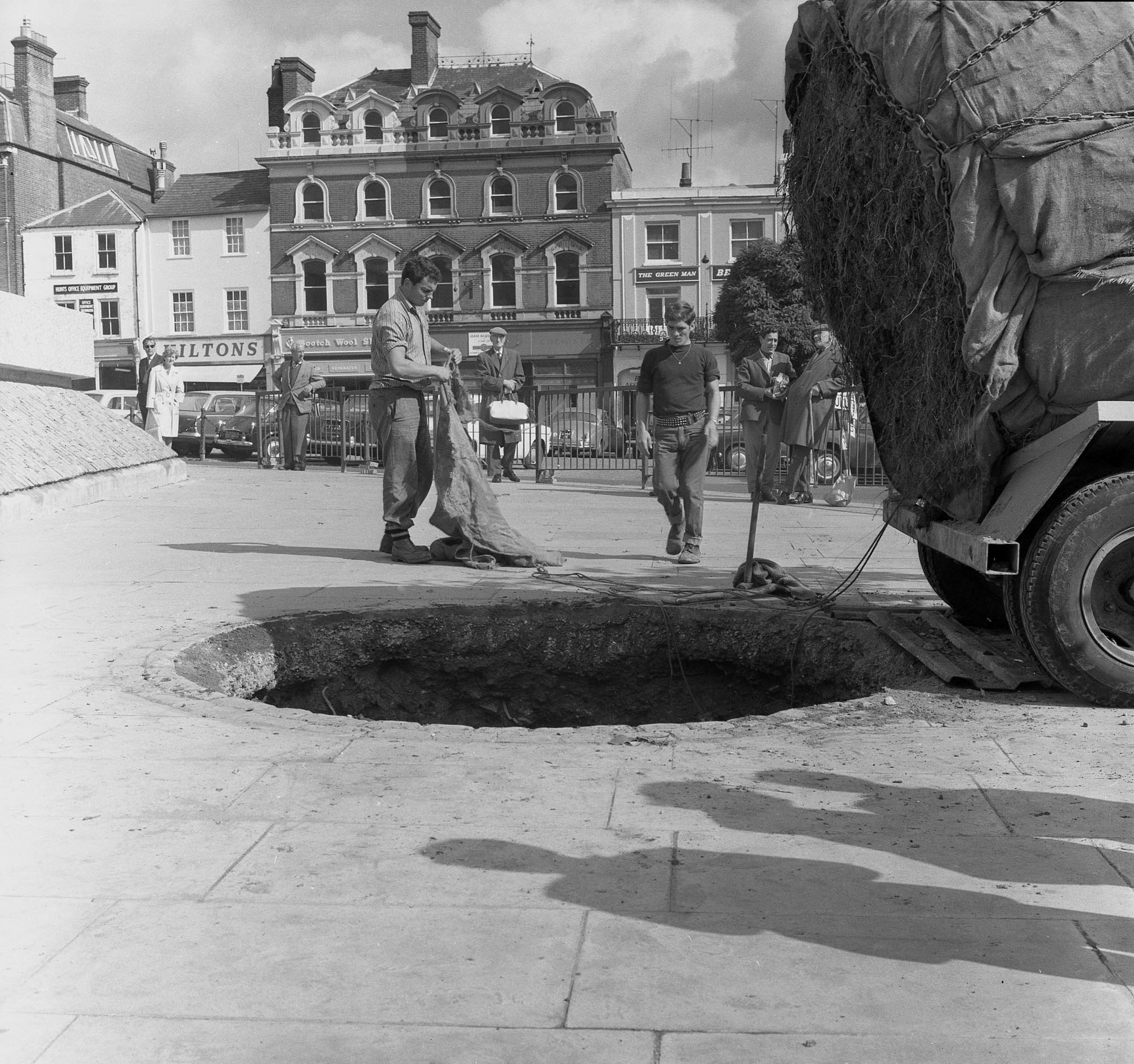
As a general rule, field-grown trees are available only up about 6in in circumference. The way to create a sense of well- established respectability is to plant larger trees — a size the nursery trade calls semi-mature. These are measured by their girth — the trunk of a 20ft London plane tree might measure 15in in circumference, for example. Some species will be much more expensive than others.
Exquisite houses, the beauty of Nature, and how to get the most from your life, straight to your inbox.
Next, you need to prepare the garden for the new arrival. Some authorities will tell you that tree moving can take place at any time of year, but your losses will be higher in spring and summer, when the tree is busy putting on leaves and new growth.
Transplanting is best undertaken in autumn, when the soil is still warm, which will encourage the tree to send out new roots. Unless you are an experienced and confident gardener, it’s probably best to let the suppliers do the actual planting.
Big trees are expensive and you have no one to blame if it dies when you plant it yourself. If you do decide to do the work, prepare a hole deep enough and ensure that, when you fill it, every root is properly covered with soil. Plant the tree so that the soil level reaches the same point on the trunk as it did in the nursery.
How to prepare a planting hole for a tree
If you have free-draining soil such as chalk or sand, it’s very important that the site for the tree should be thoroughly damp, so that moisture is instantly available to the tree’s roots.
- Dig the hole in which you are going to plant the tree several days before the actual planting.
- Fill it with water — up to the brim — so that it drains into the soil over the next few hours.
- Cover the hole with something like old sacking, so it doesn’t dry out in hot weather or freeze in cold.
- Repeat this two days before planting and, if the bottom of the hole is still muddy, delay until it is firmer.
- Water, water, water. More trees are lost to inadequate watering than to any other failing — watering should begin before the tree is planted.
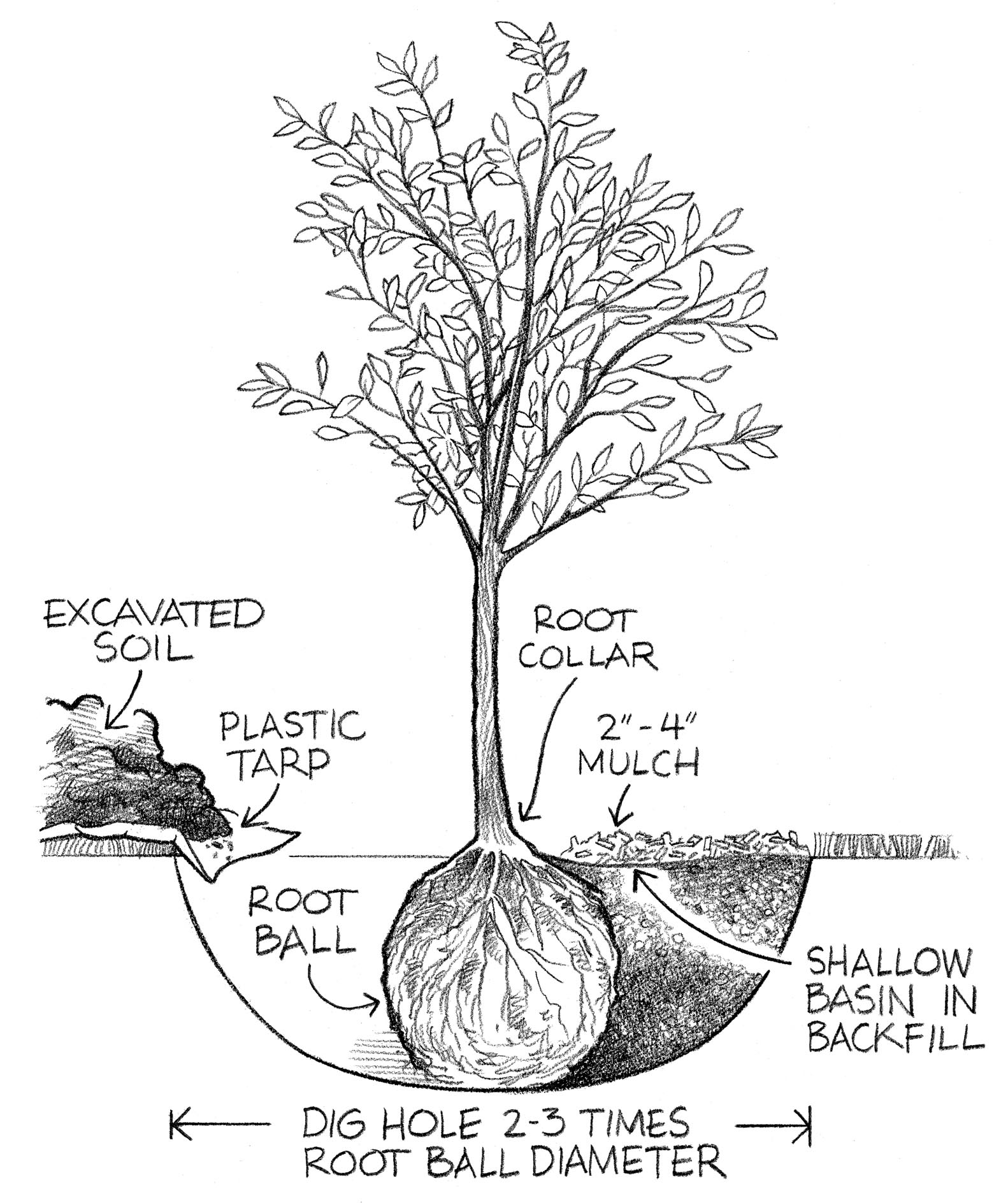
You also need to know how best to stake your tree so that it remains stable and new roots can grow out to anchor it firmly in its new home. Use two or three stakes, driving them into firm soil outside the root ball.
Regular watering is essential from the start, although for how long you will need to keep it up will depend on how quickly it establishes and grows away strongly. Take advice — it could be anything from two to five years, depending on your soil and the size of tree.
Most trees settle in quickly. You would be unlucky if, after proper preparation, planting and aftercare, your new trees were to sulk and fade away. You may not see much growth for the first couple of years, when the roots are re-establishing themselves, but remember that, the larger the tree, the longer it will need tender loving care.
Once your expensive tree is well established, however, you will know that your money was well spent.
Choosing a mature tree supplier
Search online or locally for a nursery that offers the trees and the services you need. The following are well regarded:
- Barcham Trees, Eye Hill Drove, Ely, Cambridgeshire — www.barcham.co.uk
- Chew Valley Trees, Winford Road, Chew Magna, Bristol — www.chewvalleytrees.co.uk
- Majestic Trees, Chequers Meadow, Chequers Hill, Flamstead, St Albans — www.majestictrees.co.uk
- Practicality Brown, Swan Road, Iver, Buckinghamshire — www.pracbrown.co.uk
- Wykeham Mature Plants, Scarborough, North Yorkshire — www.wykehammatureplants.co.uk
How it used to be done: ‘Scarcely a single mature tree survived elsewhere in the county’
When Capability Brown was laying out landscapes in the 18th century, the cost of planting his clumps and shelterbelts with semi-mature trees was generally accepted, at least by his wealthier patrons.
When the botanic garden in Edinburgh moved to its present site in the 1820s, it was essential that some of its more important trees should also make the move. This was a time when botanic gardens concentrated on building up their living collections, so the idea of leaving behind past acquisitions was not to be contemplated. Some were 30ft or 40ft high, but were dug up with their rootballs and ‘put upon a platform with four very low wheels… and transported about a mile and a half to the new garden’.
Sir Henry Steuart, Scotland’s leading forester of the day, reported that ‘ten and twelve horses were occasionally employed; so that the procession through the suburbs… presented a spectacle that was at once novel and imposing. The citizens of Edinburgh were surprised and delighted’.
Later in the 19th century, it was said, probably in jest, that members of the Rothschild family who built new houses and amassed new estates in Buckinghamshire were so impatient to establish their parklands that scarcely a single mature tree survived elsewhere in the county. By then, the practice of undercutting the roots and binding the rootball during transportation was well established — competition moved on to developing the largest transporter. Nowadays, outsize trees are grown in outsize containers and delivered by outsize transporters equipped with an outsize hydraulic digger to plant them. Majestic Trees in Hertfordshire even offers a 50-year-old cedar, Cedrus atlantica ‘Glauca’, in a 4,500 litre pot.
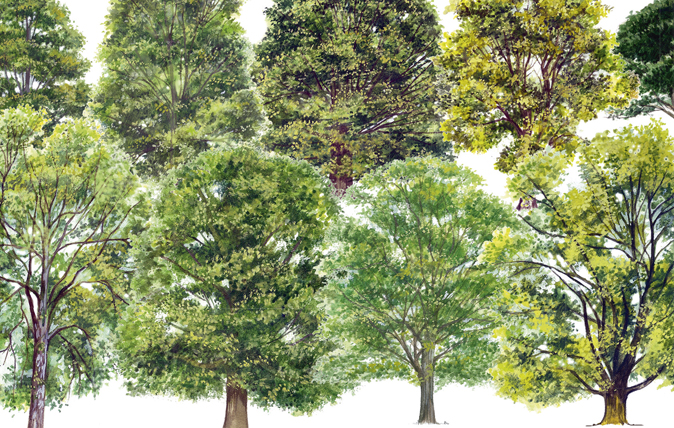
A simple guide to identifying British trees
Simon Lester goes out on a limb to identify species and stop us barking up the wrong tree.
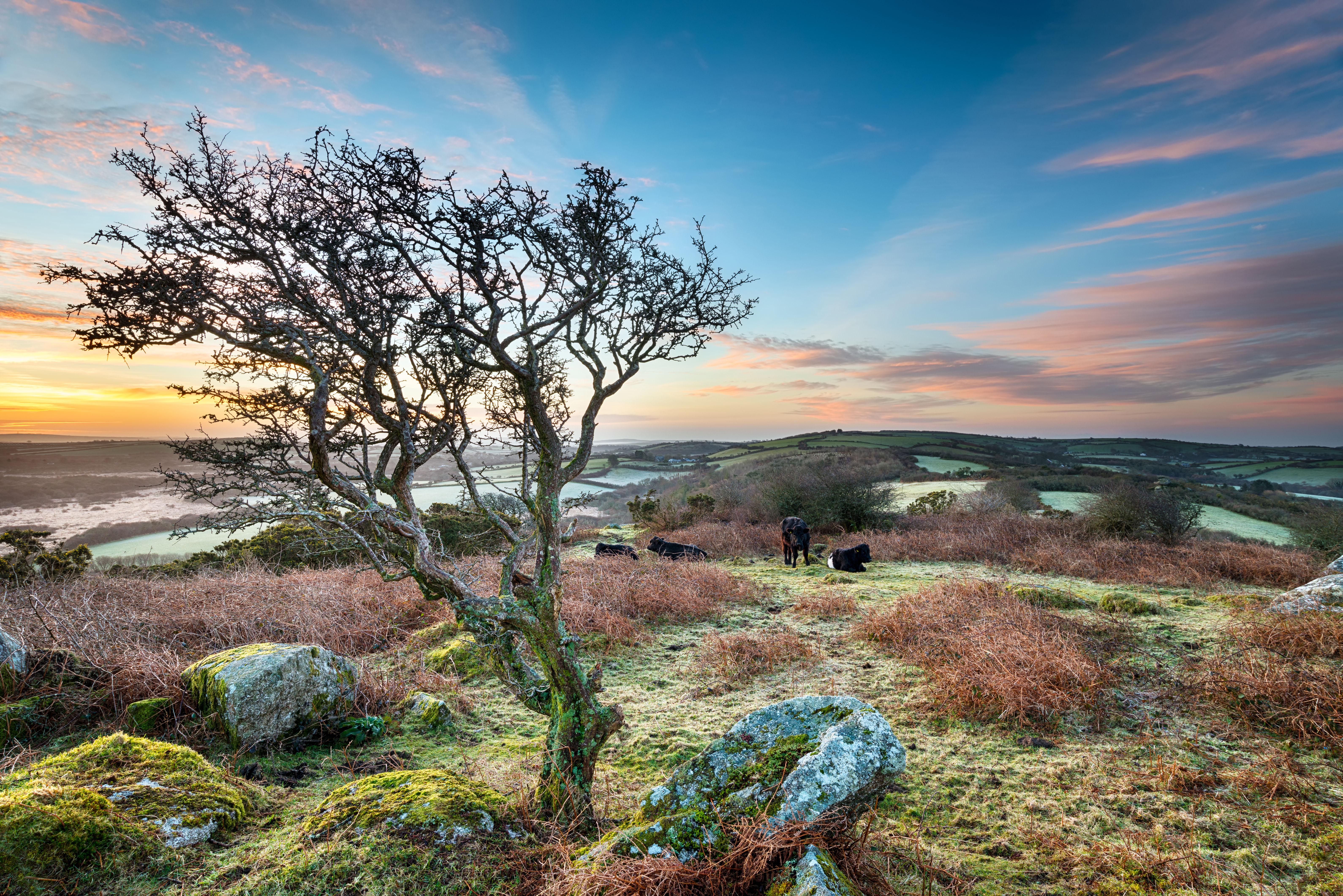
Alan Titchmarsh: The joy of identifying trees in winter from the merest scrap of twig
Our columnist Alan Titchmarsh gives thanks for the tough training he received half a century ago – and how it
Charles Quest-Ritson is a historian and writer about plants and gardens. His books include The English Garden: A Social History; Gardens of Europe; and Ninfa: The Most Romantic Garden in the World. He is a great enthusiast for roses — he wrote the RHS Encyclopedia of Roses jointly with his wife Brigid and spent five years writing his definitive Climbing Roses of the World (descriptions of 1,6oo varieties!). Food is another passion: he was the first Englishman to qualify as an olive oil taster in accordance with EU norms. He has lectured in five languages and in all six continents except Antarctica, where he missed his chance when his son-in-law was Governor of the Falkland Islands.
-
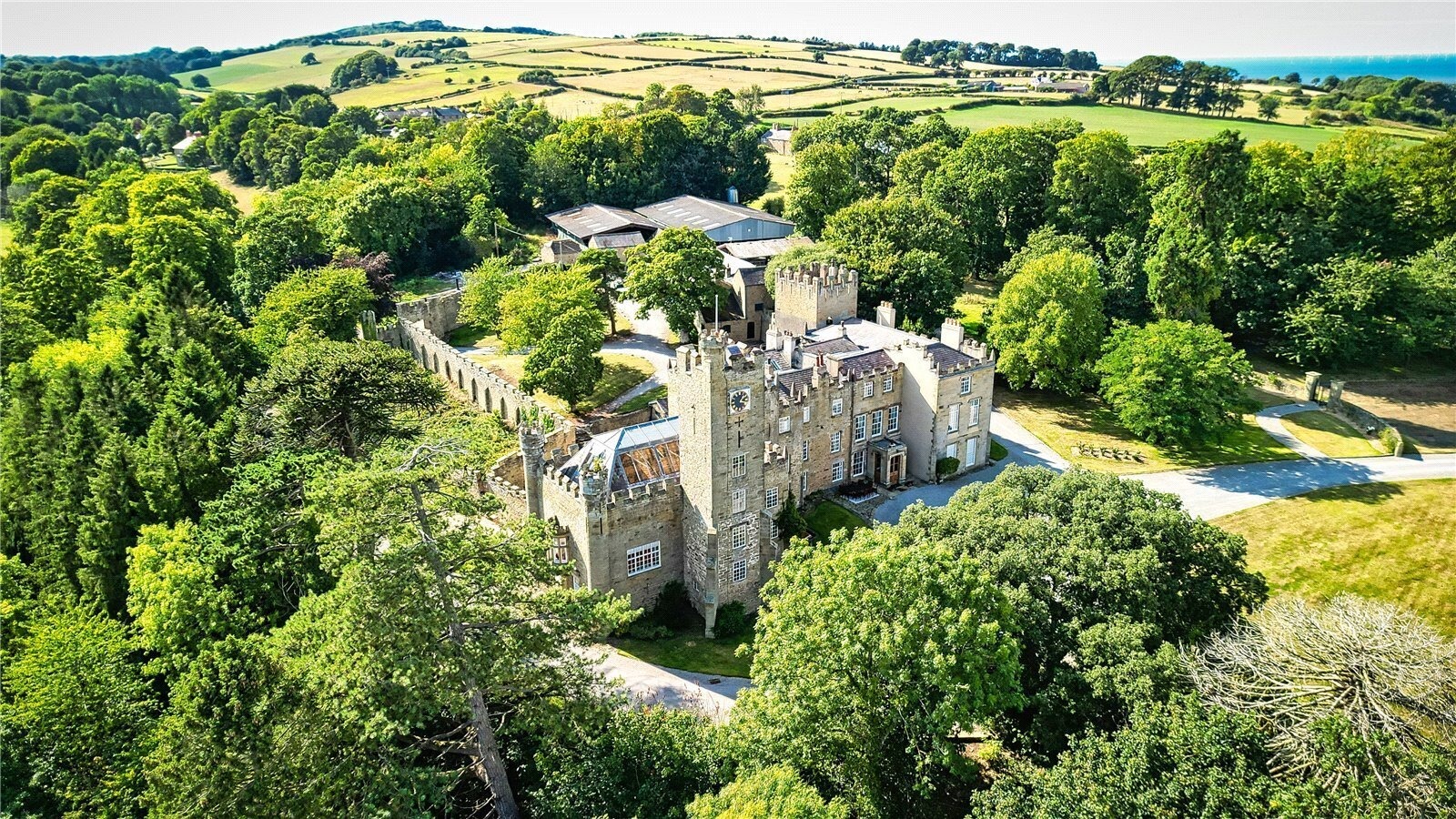 A sprawling castle set amid ancient woodland has come to the market for the first time in 150 years
A sprawling castle set amid ancient woodland has come to the market for the first time in 150 yearsGyrn Castle, set amidst woodland on the outskirts of an ancient village, is now seeking new owners. Penny Churchill reports.
-
 How to keep your dogs — and other wildlife — safe on Bonfire Night
How to keep your dogs — and other wildlife — safe on Bonfire NightAnyone who’s ever owned a dog will remember, remember the 5th of November — not just for the Gunpowder Plot, but for the nervous wrecks it turns our dogs into.
